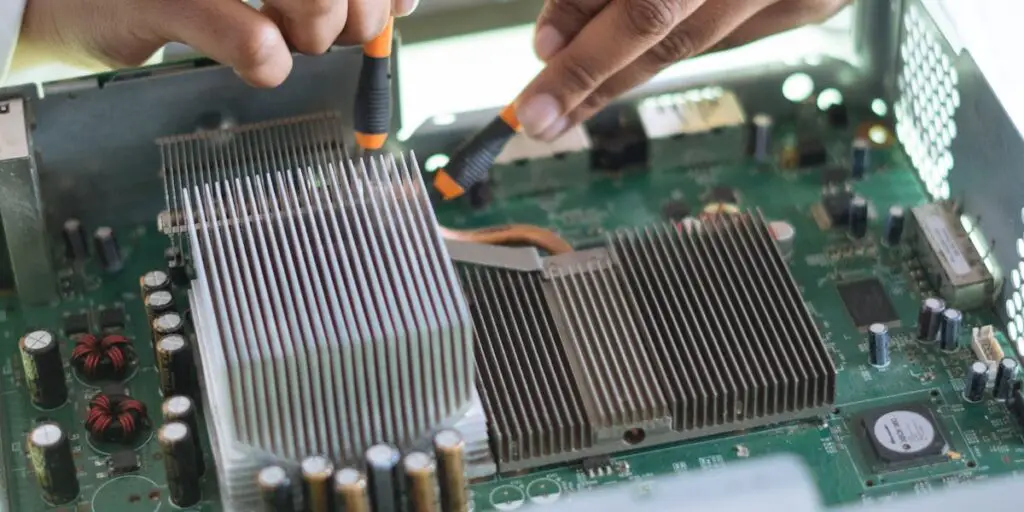Electronic Devices: Understanding Semiconductors and Diodes
Introduction
Electronic devices are the backbone of modern technology, enabling the functioning of everything from computers to smartphones. Understanding the basic components, such as semiconductors and diodes, is essential for exploring more complex electronic systems. This article delves into the principles of semiconductors and diodes, their types, and their applications.
Semiconductors
Semiconductors are materials with electrical conductivity between conductors (like metals) and insulators (like ceramics). They are the foundation of modern electronics, primarily made of silicon or germanium.
Intrinsic Semiconductors
Intrinsic semiconductors are pure forms of semiconductor materials without any significant impurities. Their conductivity is a result of thermal excitation, which causes a small number of electrons to jump from the valence band to the conduction band.
Extrinsic Semiconductors
Extrinsic semiconductors are doped with impurities to enhance their conductivity. There are two types:
- n-type: Doped with elements that have more valence electrons than the semiconductor, resulting in excess electrons.
- p-type: Doped with elements that have fewer valence electrons, creating “holes” or positive charge carriers.
Diodes
Diodes are semiconductor devices that allow current to flow in one direction only, acting as a one-way switch. They are made by joining n-type and p-type semiconductors, forming a p-n junction.
Forward Bias and Reverse Bias
In forward bias, the p-side of the diode is connected to the positive terminal of a battery, and the n-side is connected to the negative terminal, allowing current to flow. In reverse bias, the connections are reversed, and the diode blocks the current.
Types of Diodes
- Rectifier Diodes: Used to convert alternating current (AC) to direct current (DC).
- Zener Diodes: Allow current to flow in reverse after reaching a specific voltage, used for voltage regulation.
- Light Emitting Diodes (LEDs): Emit light when current flows through them, used in displays and indicators.
- Photodiodes: Generate current when exposed to light, used in sensors and solar cells.
Applications
Semiconductors and diodes have numerous applications in modern technology:
- Computers: Semiconductors are used in microprocessors and memory devices.
- Power Supplies: Rectifier diodes convert AC to DC in power adapters.
- Displays: LEDs are used in televisions, monitors, and smartphone screens.
- Solar Energy: Photodiodes are used in solar panels to convert sunlight into electricity.
Conclusion
Understanding semiconductors and diodes is crucial for grasping the fundamentals of electronic devices. These components form the basis of countless applications in modern technology, making them essential knowledge for anyone interested in electronics.
Read more in Hindi: इलेक्ट्रॉनिक उपकरण: अर्धचालक और डायोड को समझना




